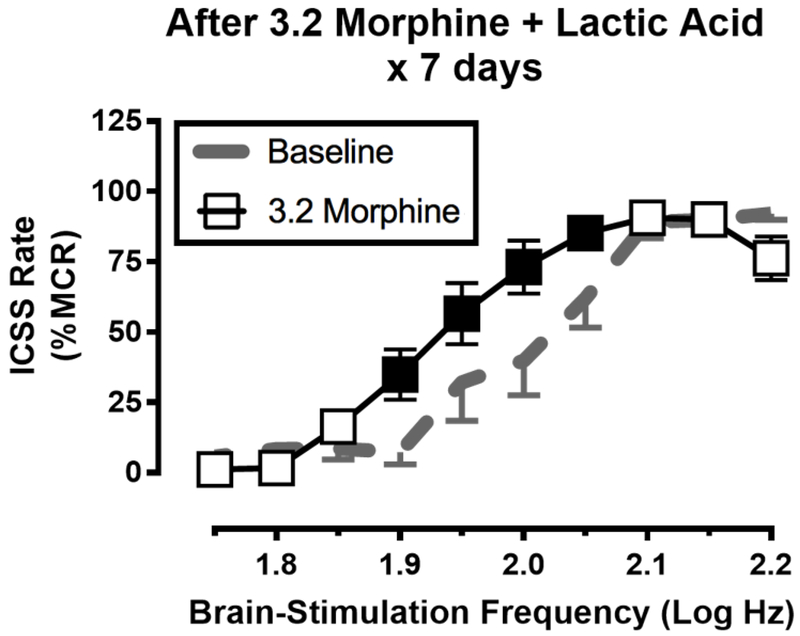Figure 4. Repeated morphine exposure increases expression of morphine-induced ICSS facilitation even if the morphine is administered in the context of a pain state.
Seven male Sprague-Dawley rats were treated daily with 3.2 mg/kg/day morphine followed by an intraperitoneal injection of 1.8% lactic acid. One day after this treatment regimen, rats received a test dose of 3.2 mg/kg morphine to determine if pain associated with the lactic acid injections would prevent tolerance to ICSS depression and emergence of ICSS facilitation by the test dose of morphine as shown in Figure 2. The lactic acid treatment did not block these effects, and morphine produced an abuse-related ICSS facilitation. The abscissa shows brain-stimulation frequency in log Hz, and the ordinate shows ICSS rate expressed as a percent of the Maximum Control Rate (%MCR). All data show mean ± SEM for n=7 male rats, and filled points indicate significantly different from Baseline (p<0.05). Data adapted from Miller et al. (2015).

